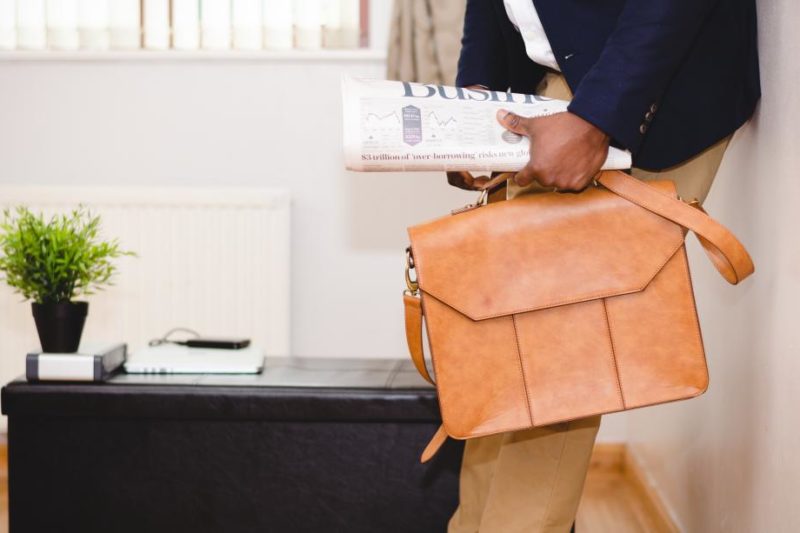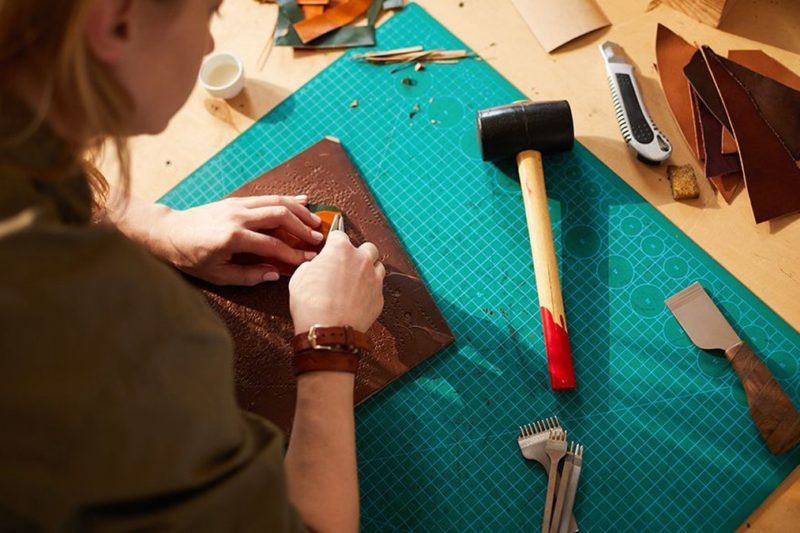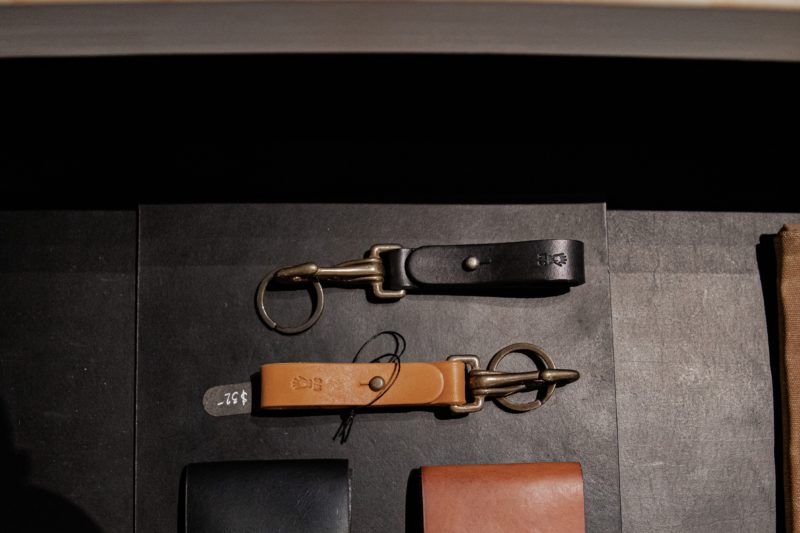Despite all the technological advancements, the fundamentals that govern manufacturing leather have remained constant over the years. The integration of new technologies into the manufacturing flow has elevated the efficiency of the entire leathercrafting process.
Diving into the nuances of the leather-making process to make leather products involves a lot of skill, meticulous planning, and a lot of patience.
Looking to make leather naturally and start from the very beginning? Know that the entire process of converting animal hide into leather takes around ten days.
Leather manufacturing forms a substantial part of the manufacturing industry. The demand for high-quality leather products is the major driving factor for innovations in the leather industry. Unlike ancient times where survival drove innovation, modern times have meant that end-to-end leathercrafting processes have become more efficient. But do we know the process that goes behind manufacturing leather?
In this article, we’ll provide you with an in-depth analysis of how to make leather. We’ll cover the process of manufacturing leather while going through all the nuances involved in the same.
3 Basic steps in the process of manufacturing leather
Consider leather manufacturing to be a function of three major systems. This will help you better understand the leathermaking process and how to make leather products,
- Preparation
- Tanning
- Crusting Or Finishing
Preparation Of The Base Leather
The leather making process begins with preparing the base leather. Before sending the base leather to the tanning process, one should first consider adequately preparing the leather. Since tanning involves the reaction of chemicals with a substance called collagen, the rawhide is cleaned off all impurities.
The process of removing unwanted impurities from the leather dehydrates the hide. This is why, in subsequent processes, the leather should be rehydrated to restore its supple texture.
As an additional measure, most base leathers undergo treatment to remove the hair or wool from its surface.
After the removal of impurities from the hides and skins, preservation of the base leather for the subsequent tanning processes takes place. This preservation cures the hides and skins using salt to get a wet-salted or dry-salted material. Once done, the base leather is now available ready to undergo the tanning process. The result? Increased longevity and durability.
The Tanning Process
To better understand the process of tanning, one must consider this. Animals’ skins, when raw, are filled with water, protein, and fatty materials. The essential factor in manufacturing leather is collagen, which comprises up to 29% of a freshly flayed hide mass. This collagen is found in the grain and reticular layers and is intimately woven in a 3-dimensional mesh which is tightly woven in the grain and becomes coarser and more robust in the reticular layer.
To better tap into the minerals, soak the leather before undergoing the tanning process. This process helps remove curing agents, fats, and proteins, which are considered impurities while manufacturing leather. After soaking, the leather undergoes the steps of pre-tanning, tanning, neutralisation and retaining. The then tanned leather goes through a few more tanning materials, which might lighten the colour of the leather and helps in the dyeing of the leather product.
However, this leads to the hardening of the leather. Adding a small amount of oil or fat liqueurs to the base leather helps restore the suppleness and flexibility of the base leather.
Crusting Or Finishing
The finishing process of leather involves many intricate processes. If not done correctly, it creates a plastic facade which is characteristic of cheap leather products. To ensure the pristine quality of base leather, chemicals like resins, dyes, pigments, handle modifiers, fillers, and dullers are added.
To maintain the consistency of the leather, these chemicals are added to the surface of the leather by spraying, roller coating, and curtain coating.
Thus, the finishing process plays an integral role in the leather manufacturing process. The finished base leather is finally readied and sent for dispatch to a product manufacturer. It then finally takes the shape of shoes, clothing, and upholstery.
Create Lab and Leather Goods Sampling
Now that you’re better familiar with the leather manufacturing process. And thus in a better position to set up your own leathercrafting business. As a leather manufacturer, you can now start to make critical decisions about the setup of your manufacturing business. You can now better address questions like whether you should leverage natural leather or faux leather to craft your products.
Additionally, as a leather goods manufacturer in London, you should also consider the impact of your workflow on the environment. Moving forward, leather businesses and manufacturers will have to shift to more sustainable materials and practices to keep the leather industry afloat.
We’ve years of experience in the leathercrafting industry. At CreateLab – a leather goods manufacturer in the UK – we offer you a holistic range of leathercrafting services here in the UK. As pioneers in the leathercrafting niche, we help businesses develop innovative and luxurious designs that cater to their audience. Further, we provide consultation services in the leathercrafting ecosystem. So if you’ve got any questions related to leather, you know who to reach out to.




